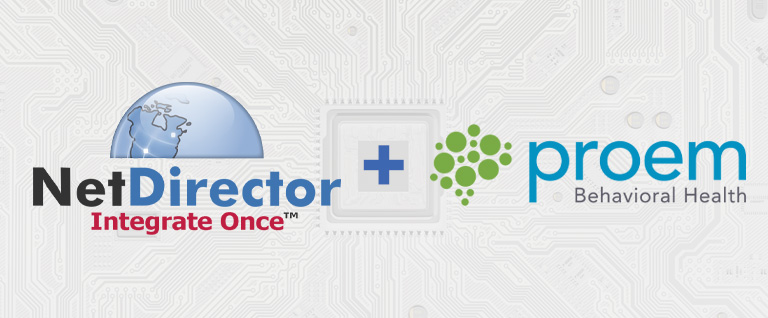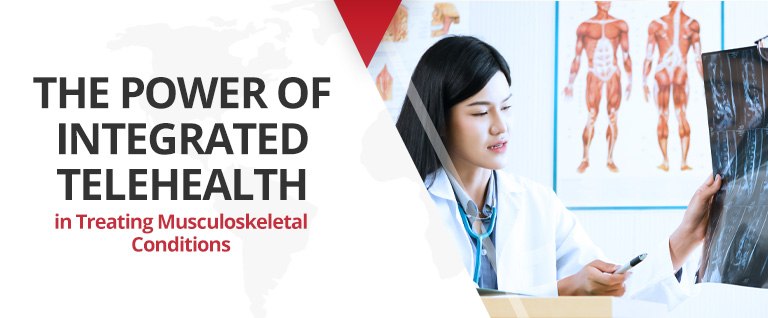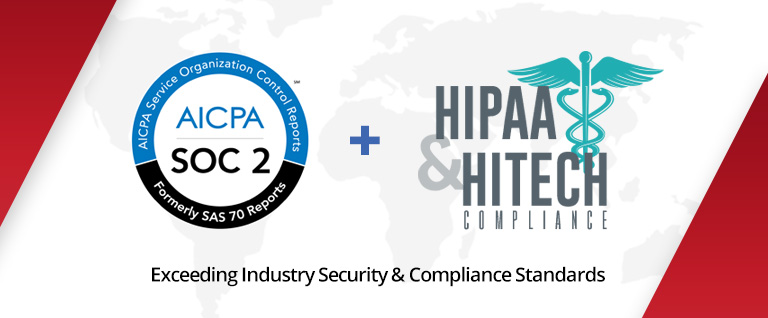IT executives in healthcare face an expanding array of challenges in 2017 as the industry takes initial steps away from transactional-based, fee-for-service models and toward reimbursements tied to measures of value and quality. The clock has started ticking on Medicare reform’s implementation, with provider performance data gathered this year providing the basis for physician payments in 2019.
“To succeed in the value-based environment, health systems need to invest heavily in technology,” reports the Deloitte Center for Health Solutions.
The following areas should see significant impact.
IT as a key enabler
Healthcare organizations are recognizing IT’s mission-critical role in ensuring continuous high availability of systems and support of operational commitments, according to the 2016 Harvey Nash/KPMG CIO Survey. Fifty-two percent of healthcare CIOs expect their IT budget to increase over the next 12 months, compared to 45 percent across all industries. The boards of healthcare companies also place a higher priority than their counterparts in other industries on increasing operational efficiencies, improving business processes and delivering business intelligence/ analytics. Additionally, the report finds that “cloud and other collaborative digital technology enhancements have improved health IT access, scalability, reliability and sustainability.”
Interoperability essentials
Healthcare CIOs are enthusiastic about the transition to value-based models of care, but they admit it will be a tough task to actually implement population health management programs that can pull data from multiple organizations and analyze that information with a predictive component. Interoperability of data and technology will be an essential lever in making population health and wellness a reality. “Continuity-of-care documents, electronic health records (EHRs) and other types of data must all come together in an organized, orderly marriage,” observes Transcend Insights, Humana’s population health subsidiary. “A health information exchange for data and Fast Healthcare Interoperability Resources (FHIR) for application interfacing [will be] the easiest route forward.”
Interoperability also tops the list of EHR development projects slated for 2017, according to a Healthcare IT News survey of health technology executives. Specifically, respondents say top EHR projects will be geared toward improving interoperability, workflow and usability, as well as adding population health tools and migrating to the cloud. “EHRs were put in basically as dumb data communication systems without emphasis on exchange and workflow,” explains John Halamka, MD, CIO at Boston’s Beth Israel Deaconess health system. “But because of payment reform, we have incentives to do data exchange. Different things are bubbling to the top.”
Opportunity in digital health
Digital health tools such as health-related apps, activity trackers and smart watches have the potential to help consumers become more engaged in their own health. Unfortunately, that’s not happening yet. For instance, 75 percent of consumers who use mobile or Internet-connected health apps are willing to share the data they collect with their provider; however, only 32 percent say that type of exchange actually takes place, according to a digital health survey conducted by HealthMine. Additionally, 60 percent of digital health users say they have electronic health records, but only 22 percent use them to make medical decisions. HealthMine CEO Bryce Williams says, “Digital health is still crossing the chasm from lifestyle and fitness management to chronic disease and holistic healthcare management.” Williams looks for that gap to close during 2017 as health plan sponsors apply collected consumer health data to gain insights and manage populations toward improved health.
Tamper-proof technology
On December 12, Quest Diagnostics revealed that an unauthorized party obtained protected health information of approximately 34,000 individuals via an Internet application. Accessed data included names, dates of birth and lab results — but not Social Security numbers or credit card, insurance or other financial information. As such, it was a relatively mild intrusion measured against other data breaches during 2016. In comparison, a hacking of health insurer Anthem compromised tens of millions of patient records, all of which were stored unencrypted in a centralized database. In a New York Times op-ed, cybercrime expert Kathryn Haun and healthcare futurist Eric Topol call for a move away from health systems “storing and owning all our data.” They advocate for an encrypted data platform known as blockchain, which would “give patients digital wallets containing all their medical data, continually updated, that they can share at will.” The co-authors note that the private and academic sectors are working on the emerging technology.
Data in motion
Girish Pancha, CEO and founder of data flow management company StreamSets, views data as “the final frontier in the quest for continuous IT operations.” Pancha predicts 2017 will bring recognition of data management “as a living, breathing operation that must run reliably and automatically on a continuous basis” — on par with how IT oversees applications, networks and security. Organizations will need to analyze potential changes to their processes, tooling and structure to ensure the availability and accuracy of data in motion, he adds.
All told, it will be an eventful year with healthcare organizations planning for important challenges in their respective data and integration environments. NetDirector stands ready to assist with its proven cloud-based HealthData Exchange, which moves clinical records between providers and all trading partners in their ecosystem.
For more information, please contact us or request a free demo.




